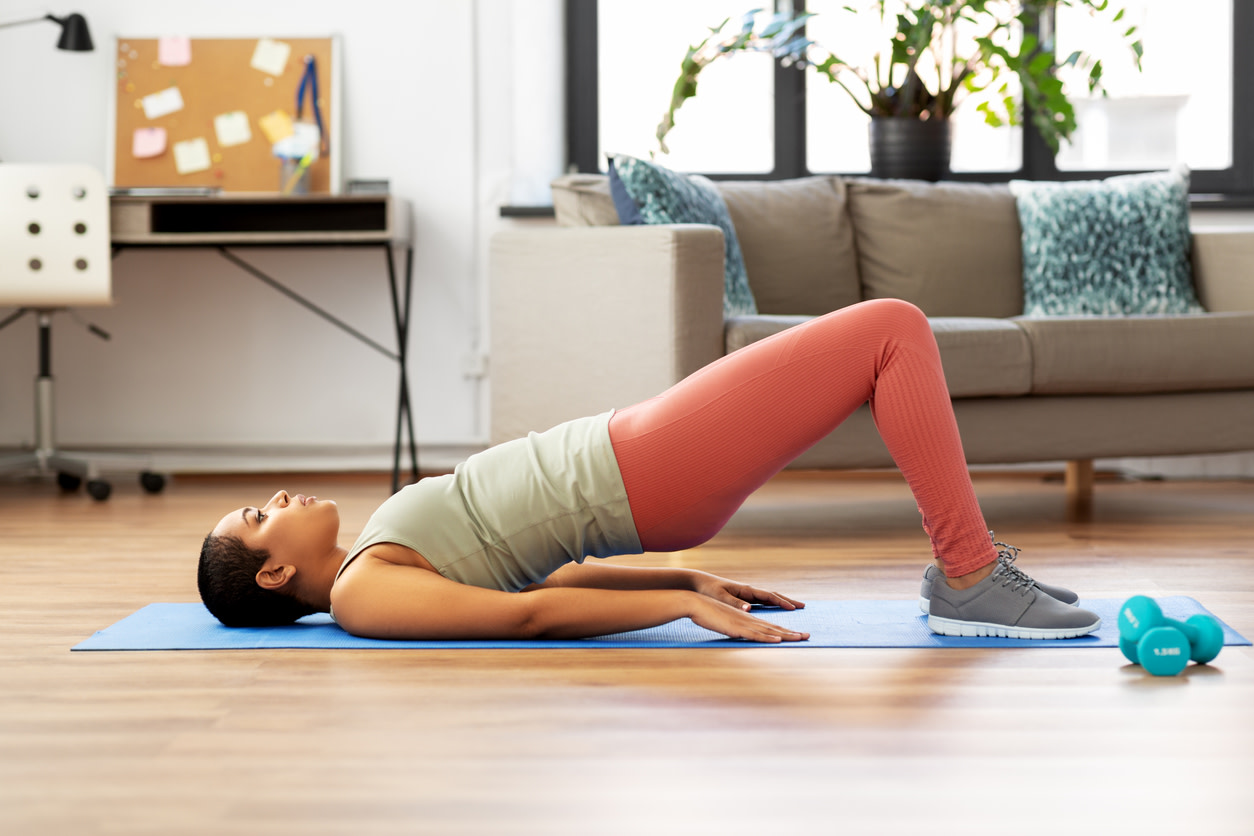Physical Therapy for Your Pelvic Floor: How It Works, What to Expect, and Tips from Hinge Health
Learn how to relieve and prevent pelvic floor pain and symptoms with pelvic floor physical therapy, exercise, and tips from physical therapists.
0 $ pour vous
Dernière mise à jour : Jul 16, 2025
Table des matières
Fully Covered Pelvic Care
Find relief from pelvic pain, leakage, muscle weakness, & more.
Check if I'm eligibleExercises for Pelvic Floor Symptom Relief
Want expert care? Check if you're covered for our free program →- Diaphragmatic Breathing
- Figure Four Stretch
- Hooklying Kegels
- Happy Baby
- Bridge
- Clamshell
- Seated Abdominal Bracing
